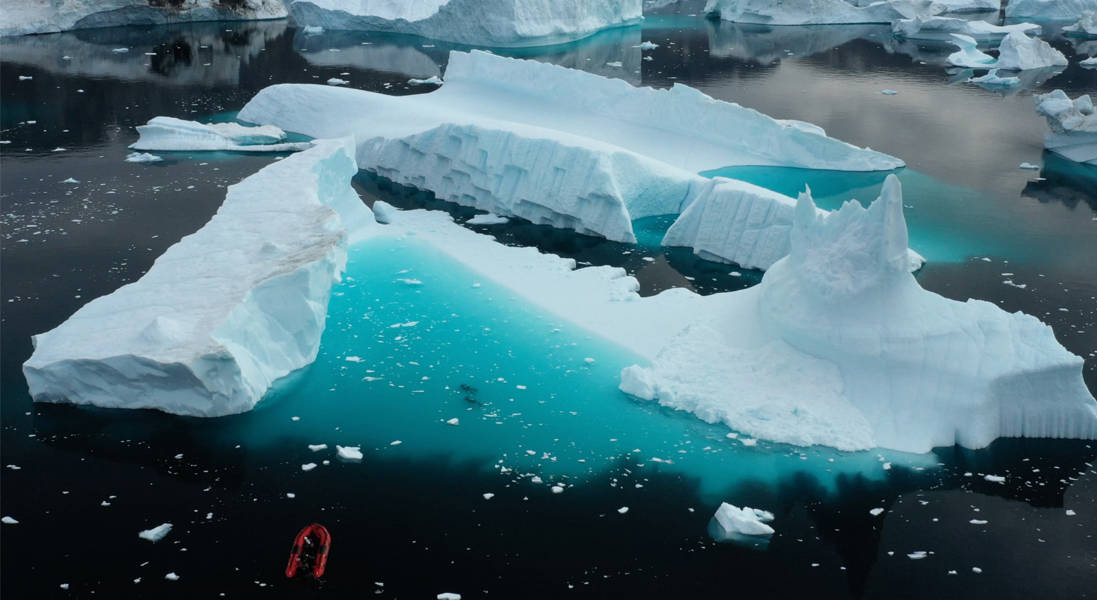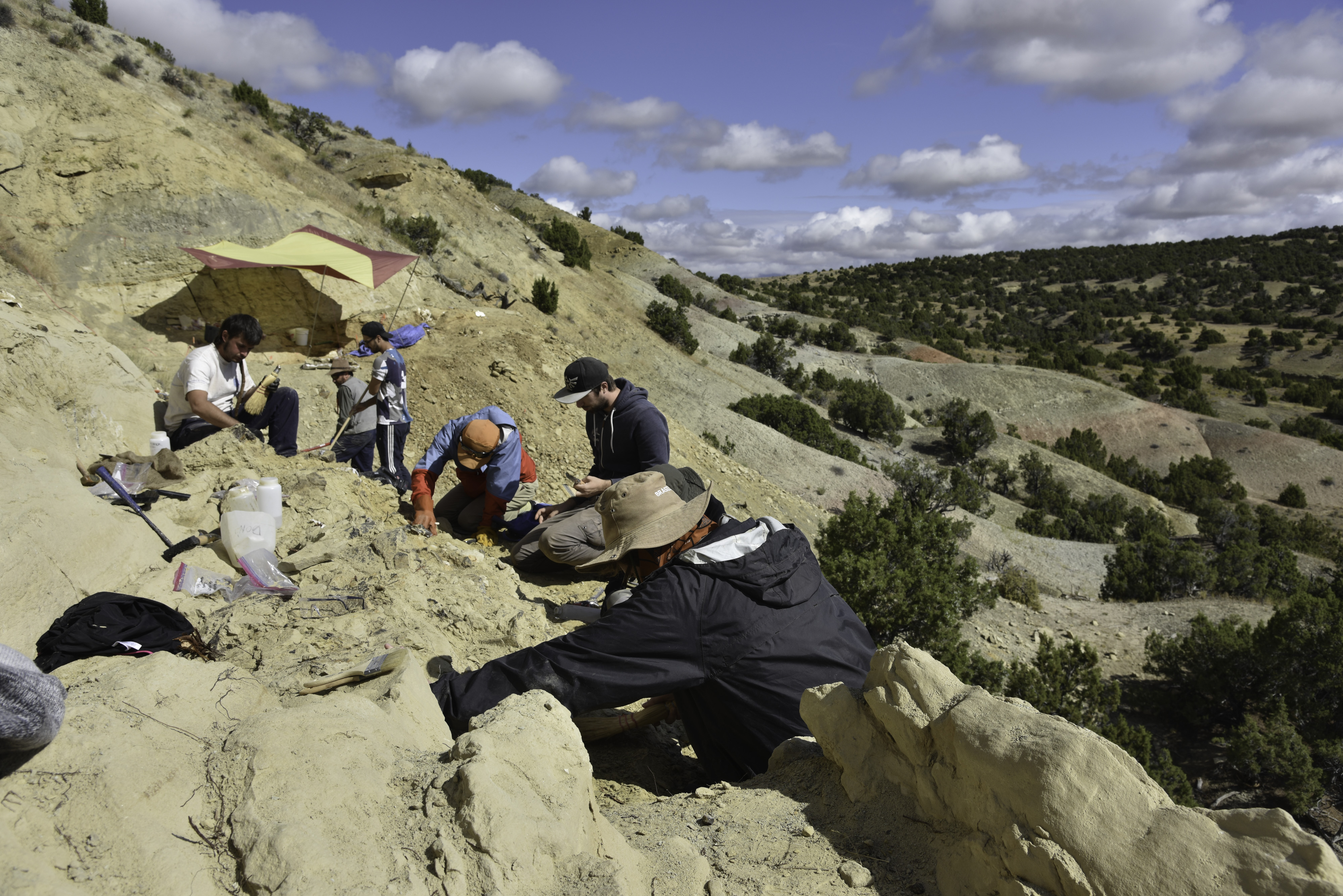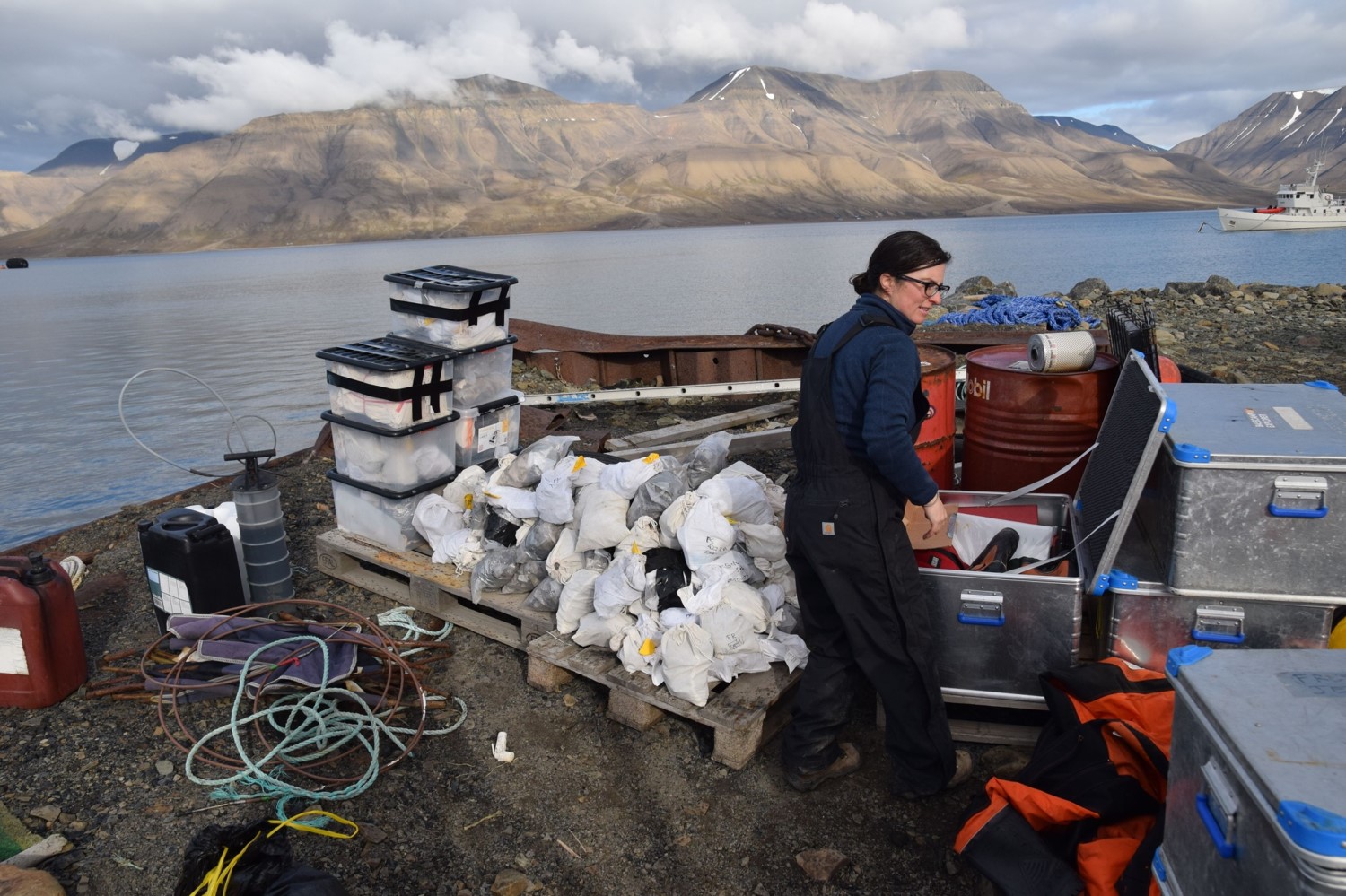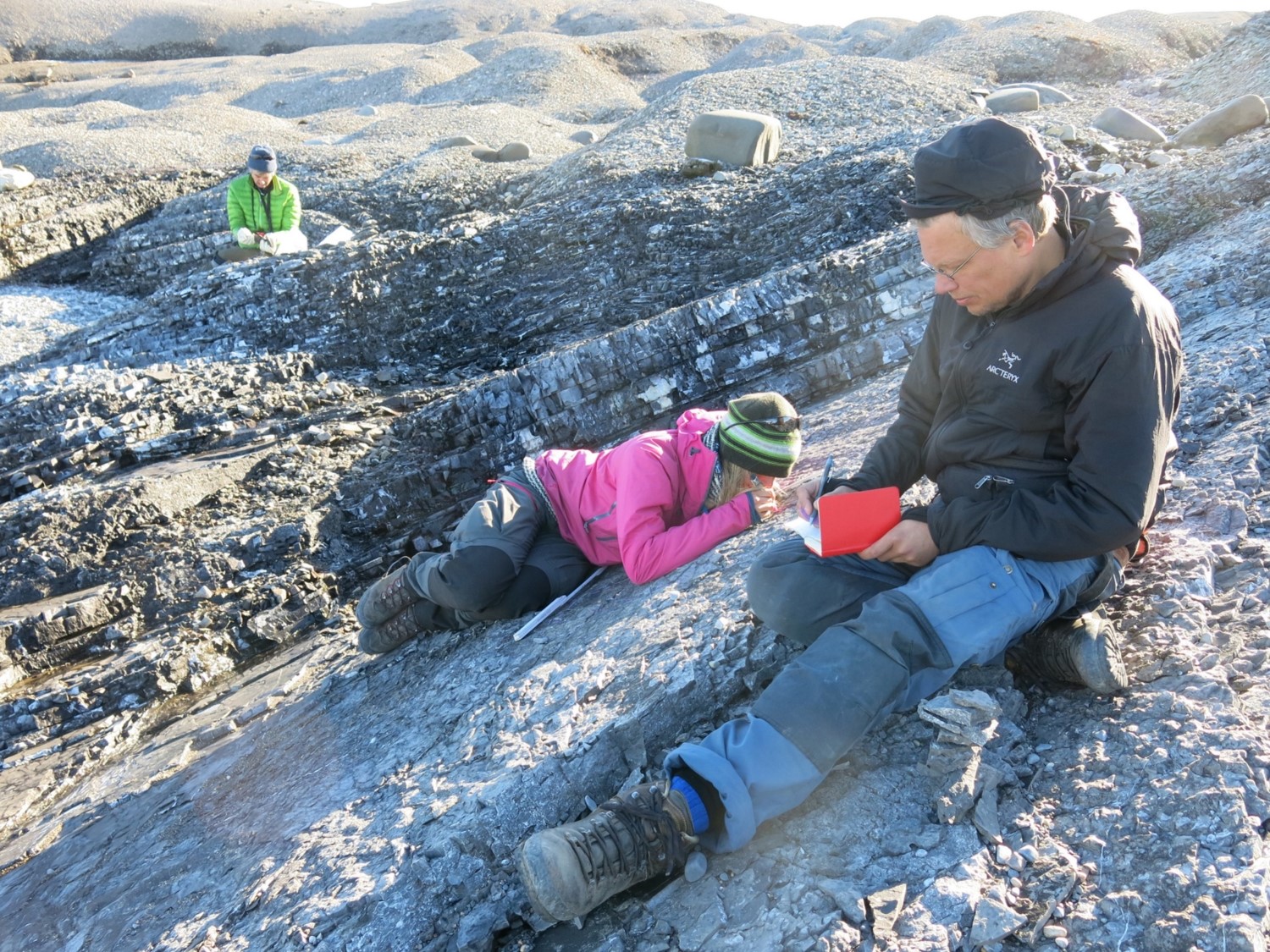
Pakistani arachnids and Svalbard fossils: The Constantine S. Niarchos Expeditions at the American Museum of Natural History
Cutting-edge research may conjure up images of white-coated scientists at work in gleaming labs, but in many disciplines, expanding human knowledge still requires the same step it has since there’s been human knowledge to expand: venture out into the world to discover what’s there. The Constantine S. Niarchos Expeditions fund, named to honor the legacy of our founder's son, the first person from Greece to reach the top of Mount Everest, supports researchers at the American Museum of Natural History (AMNH) in traveling to far-flung locales around the planet to advance our collective understanding of the world we inhabit.





In a post-pandemic moment in time when it’s abundantly clear how much we have yet to understand about the natural world and how closely interconnected humans on one continent can be with wildlife on another, the importance of deep and continuing research into the natural world is apparent.
The Expeditions build on a long-term commitment to research at AMNH. A 2014 Constantine S. Niarchos Expedition to conduct a survey of birds in the South Pacific island nation of Vanuatu, for instance, studied biodiversity changes over time by comparing to information gathered on another ANMH expedition 90 years earlier.
Launched by AMNH in 1999 with support from the Stavros Niarchos Foundation (SNF), the Constantine S. Niarchos Expedition fund contributes to this important work by funding multiple international research expeditions each year across all of AMNH’s scientific disciplines.
One expedition used the recent meals of leeches in Cambodian forests as a proxy to survey the presence of mammals that would otherwise be difficult to track. Others have studied nocturnal arachnids in Pakistan, late-Jurassic fossils in Wyoming, the coevolution of wasps and their host plants in Australia, trilobite fossils on Svalbard, representation of animals in an ancient Sudanese kingdom, and what long seasonal stretches of darkness mean for bioflouresent fish living in the waters off Greenland.
The Greenland Expedition not only documented the only biofluorescent fish known the Arctic, but it also discovered that the same fish is unique, as far as science knows, in another respect: it’s chockful of antifreeze.
“It was a little bit like a detective story,” said one of the researchers on the Greenland Expedition describing the journey that led them there. And on the Expeditions, like in any good detective story, the hunt itself can be every bit as thrilling as its conclusion.
Cover photo: Peter Kragh